Embark on an exploratory voyage through the panorama of innovative healthcare marketing strategies for 2023 ?⚕️. Today’s marketing landscape in the healthcare sector is brimming with creative energy, paving the way for unique approaches and solutions. Harnessing a diverse array of digital tactics and traditional wisdom, the industry pioneers have successfully created a rich tapestry of compelling methods to foster patient engagement and forge stronger bonds with target demographics.
Here’s a snippet of the dazzling array of strategies we will unravel:
- Tailoring hyper-personalized patient communication.
- Leveraging the transformative potential of AI and machine learning.
- Maximizing the reach through strategic social media campaigns.
By implementing these carefully curated marketing maneuvers, healthcare providers are sculpting an integrated, patient-centric ecosystem of care. They are setting the stage for a compelling dialogue with patients, reinforcing their commitment to fostering a healthier society.

Don’t let this precious treasure trove of information slip away – seize this moment to elevate your healthcare marketing strategies 📊 . Elevate the efficacy of your user experience (UX) and conversion rate optimization (CRO) with the unrivaled Plerdy tool. Witness a palpable uptick in user engagement and conversion rates that sets the gold standard in the healthcare sector. Master the art of healthcare marketing today!
What are Healthcare Marketing Strategies?
Stepping into the landscape of 2023, we navigate the complex maze of medical marketing—a dynamic blend of strategy, creativity, and healthcare-specific knowledge. Central to this journey, the interplay of medical expertise and cutting-edge marketing techniques shapes the healthcare environment.
This process, akin to a finely tuned orchestra, brings together multiple elements:
- Deep comprehension of medical terminologies and trends.
- Mastery over traditional and digital marketing tools.
- Visionary strategy to navigate a rapidly changing healthcare landscape.
- Tailored approach for specific healthcare niches like primary care, specialized clinics, or telemedicine providers.
Take, for example, a bustling urban healthcare clinic. To stand out, it crafts a multilayered marketing strategy. First, it emphasizes its medical prowess, showcasing experienced doctors and state-of-the-art facilities. Simultaneously, it launches an engaging digital campaign—creating healthcare blogs, patient testimonials, and doctor-led webinars. Thus, the clinic positions itself as a trustworthy and accessible healthcare provider.
Similarly, consider a startup in telemedicine—a burgeoning sector in 2023. It incorporates trending technologies like AI and big data in its marketing strategy. This not only enhances patient interaction but also facilitates personalized, targeted advertising.
In essence, the 2023 landscape demands medical marketing that’s versatile, innovative, and focused on creating patient value—advancing healthcare access, improving outcomes, and building lasting patient relationships.
The Importance of Healthcare Marketing Strategies
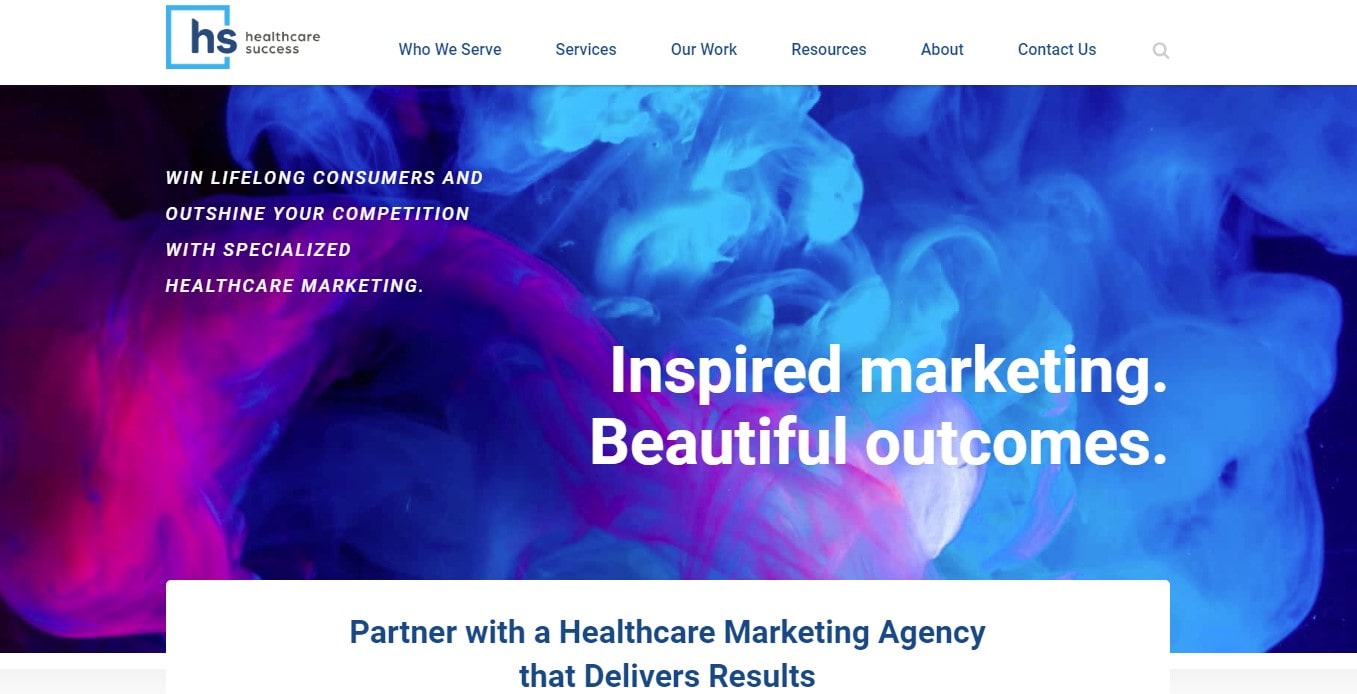
Medical marketing strategies serve as the engine that drives healthcare forward, bridging the gap between medical services and patient needs. Strategic marketing propels healthcare entities, be it local clinics, hospital networks, or health-tech startups, on a trajectory of growth and sustainability.
Consider the medical startup that leverages the power of personalized patient communication. It builds an intelligent chatbot—swiftly responding to patient queries, scheduling appointments, or assisting with healthcare resources. This not only streamlines the patient journey but also positions the startup as an accessible and patient-centric healthcare provider.
On the other hand, imagine a chain of dental clinics. It capitalizes on local SEO—not mentioned here for its ubiquity but its vital role in the strategy. The clinics maintain an engaging, informative website peppered with local keywords, thus ensuring visibility to potential patients in their geographic area.
These two examples underline the following key points:
- A well-crafted strategy amplifies the reach of medical services, capturing the attention of potential patients.
- Personalized patient communication builds trust, fostering a strong patient-provider relationship.
- Local SEO—though commonplace—stands as an effective tool to increase visibility in specific geographic regions.
In the 2023 healthcare landscape, a robust marketing strategy is no longer a choice—it’s a necessity that fuels growth, improves patient satisfaction, and ultimately leads to better healthcare outcomes.
List Of Top 15 Key Healthcare Marketing Strategies
In evaluating the compilation of 2023’s top-notch healthcare marketing stratagems, it’s evident that the industry is not merely keeping pace with the digital age but astoundingly outperforming it. These health-centric campaigns underscore the synergistic fusion of traditional and avant-garde methods, creating a robust arsenal for reaching target demographics. One must tip their hat to these ingenious healthcare marketing architects who have truly transformed patient engagement, proving that strategy is the lifeblood of effective communication.
1. Understanding Your Target Audience
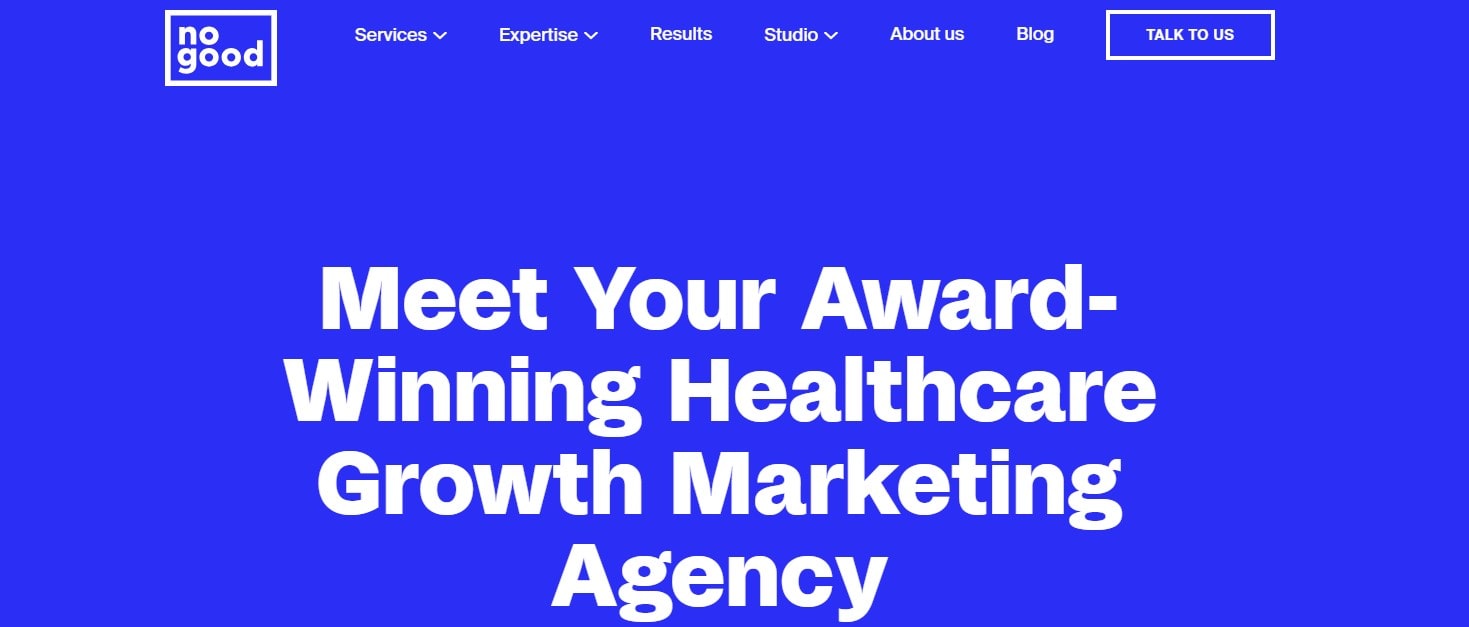
In the sphere of medical marketing, understanding your target audience is a pivotal strategy. It illuminates the path healthcare providers should follow to effectively communicate their offerings and build strong relationships with their patients.
Let’s illustrate this with an example: a rehabilitation center primarily dealing with older adults. It crafts its marketing strategy to resonate with this specific demographic—creating easy-to-understand healthcare content, using larger fonts for enhanced readability, and offering clear instructions for online appointment booking.
Meanwhile, a pediatric clinic adopts a completely different strategy. It infuses its marketing efforts with vibrant visuals, animated explainer videos, and kid-friendly health education materials. Parents, the primary decision-makers, find this approach reassuring—making the clinic their go-to healthcare provider for their children.
These examples bring to light a few key points:
- Knowing target audience helps you create a customized marketing approach.
- Audience-specific marketing resonates more effectively, resulting in higher patient engagement.
- Understanding patient demographics helps in creating relevant and accessible healthcare content.
As healthcare providers navigate the 2023 landscape, they must put their target audience at the forefront of their medical marketing strategies. By doing so, they can ensure their healthcare services align with patient needs—improving patient satisfaction and loyalty and paving the way for lasting success.
2. Crafting a Clear, Unique Value Proposition

A unique value proposition (UVP)—a beacon guiding your healthcare entity—signifies the cornerstone of effective medical marketing. The UVP, a strategic declaration of your medical service’s unique offerings, helps you stand out amidst the vast ocean of healthcare providers.
Picture a cutting-edge medical research facility. Its UVP revolves around its pioneering treatments and ground-breaking research. This resonates with patients seeking advanced healthcare options that conventional clinics don’t provide.
In contrast, an accessible family clinic’s UVP might focus on its extended operating hours, multi-lingual staff, and the broad range of general healthcare services offered. Families appreciate the convenience and holistic care—making this clinic their preferred healthcare provider.
These UVPs underscore three important principles:
- A compelling UVP defines what sets your healthcare service apart from others, attracting patients who value your unique offerings.
- The UVP should be clear and concise—patients should instantly understand what you provide that others don’t.
- UVPs can vary greatly—what matters is they resonate with the target audience and reflect your healthcare service’s core strengths.
Medical marketing requires a concise UVP. It guides your healthcare organization’s branding efforts and marketing campaigns—reinforcing your identity and fostering a deep connection with your patients.
3. Build A Responsive Website
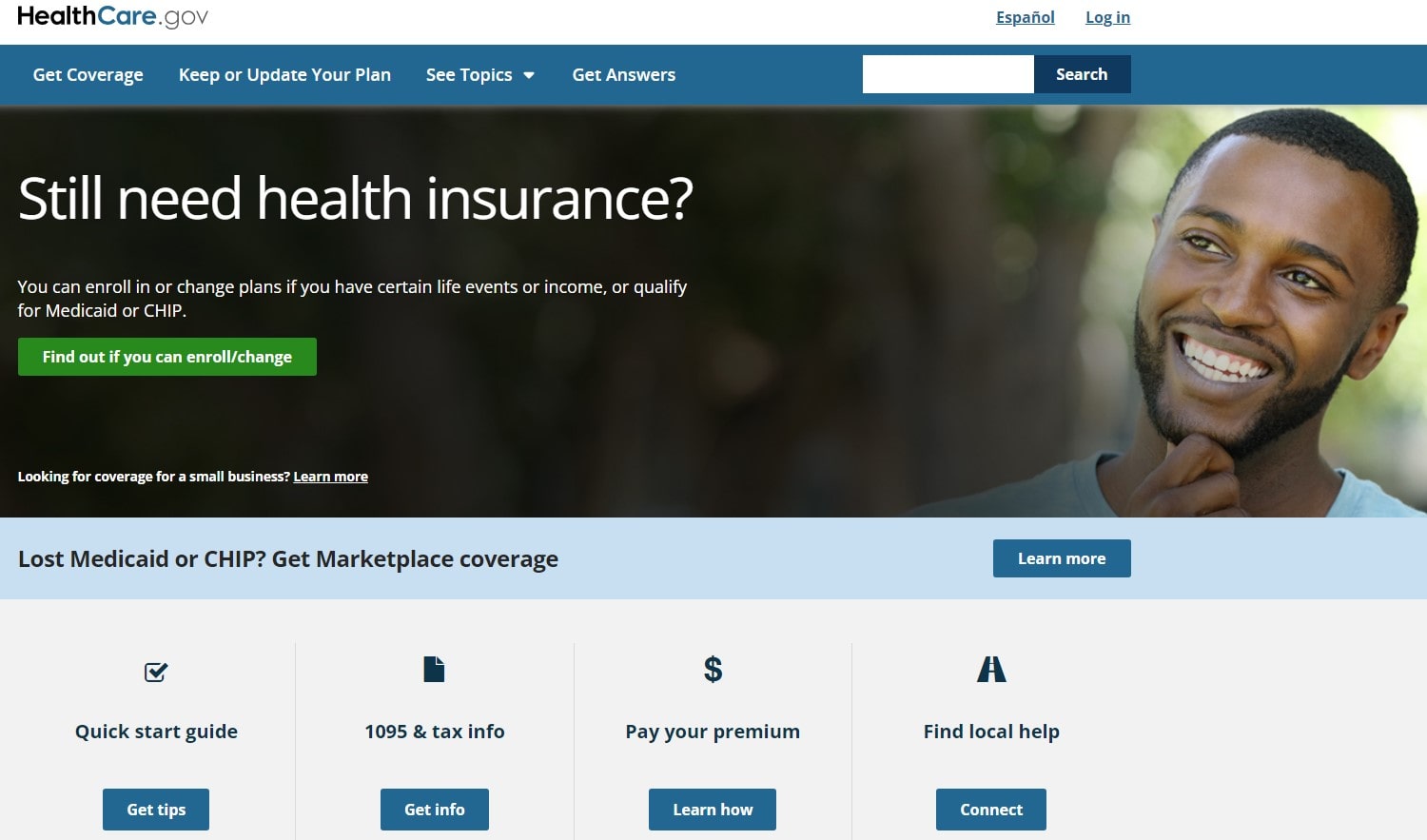
Building a responsive website stands as a vital strategy in the healthcare marketing toolkit of 2023. A well-designed, user-friendly website functions as a virtual extension of your healthcare facility, engaging patients at their convenience.
Imagine a multi-specialty hospital unveiling its digital platform—a responsive website. It hosts an array of features: detailed profiles of medical professionals, appointment booking system, and patient resources like educational blogs and webinars. No matter what device patients use—be it a smartphone, tablet, or desktop—the website retains its visual appeal and functionality.
In a different healthcare niche, an online pharmacy develops a responsive website facilitating seamless medication ordering. The website adapts to all screen sizes, providing a smooth user experience whether customers use their laptops or mobile devices to place orders.
A responsive website offers:
- A unified experience across all devices—enhancing user engagement.
- Easy navigation and access to necessary healthcare information and services.
- Increased visibility as search engines favor mobile-friendly, responsive sites.
As healthcare providers adapt to the digital era, a responsive website is no longer an optional add-on. It’s an indispensable part of the medical marketing strategy, creating a welcoming digital space for patients. A responsive website not only establishes your online presence but also improves patient experience, which is crucial in fostering patient loyalty and trust.
4. Leveraging Search Engine Optimization (SEO)
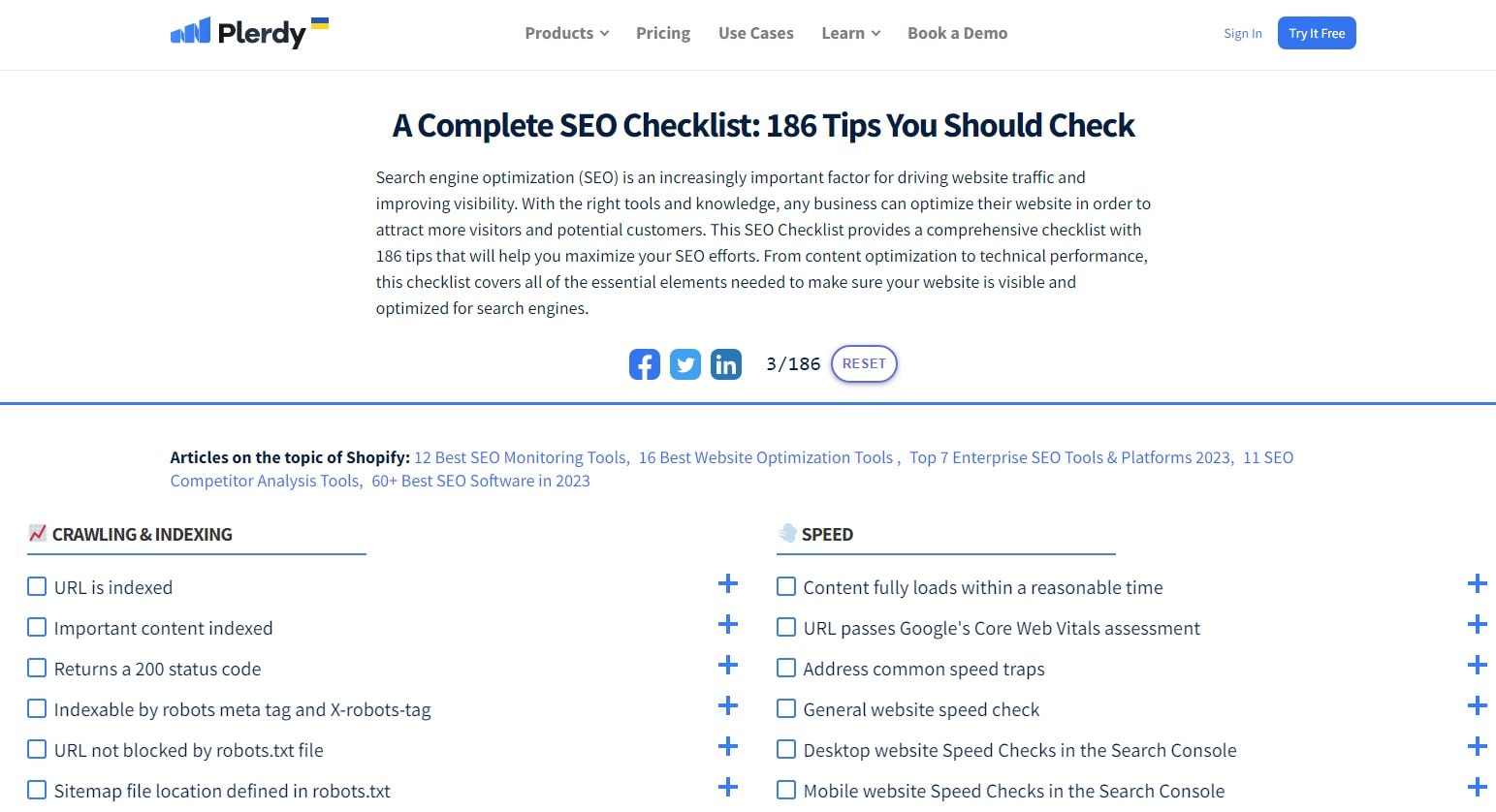
Harnessing the power of Search Engine Optimization is an integral part of a successful medical marketing strategy in 2023. SEO amplifies your healthcare services’ visibility, attracting potential patients to your platform.
Consider a dental clinic implementing SEO into its strategy. By incorporating dental-specific keywords into its website content, the clinic makes it easier for individuals to find their services when they search for ‘dental clinic near me’ or ‘best dentist in the area’.
Now, picture an online health supplement store. By optimizing its product descriptions and blog posts with relevant keywords, the store becomes more visible to individuals seeking specific health supplements.
SEO strategies bring numerous benefits:
- Enhanced online visibility: The more optimized your site, the higher it appears in search results—increasing the likelihood of attracting potential patients.
- Increased website traffic: When your site ranks well, more people find you online, leading to more traffic.
- Better patient engagement: Providing informative content using relevant keywords improves user experience, promoting engagement.
Thus, incorporating SEO is pivotal to a successful medical marketing strategy. It not only boosts your online visibility but also builds trust with patients by providing valuable, easy-to-find content. In an era where digital presence can make or break your healthcare facility, SEO is a powerful tool to garner visibility and foster patient relationships.
5. Engaging Patients through Social Media
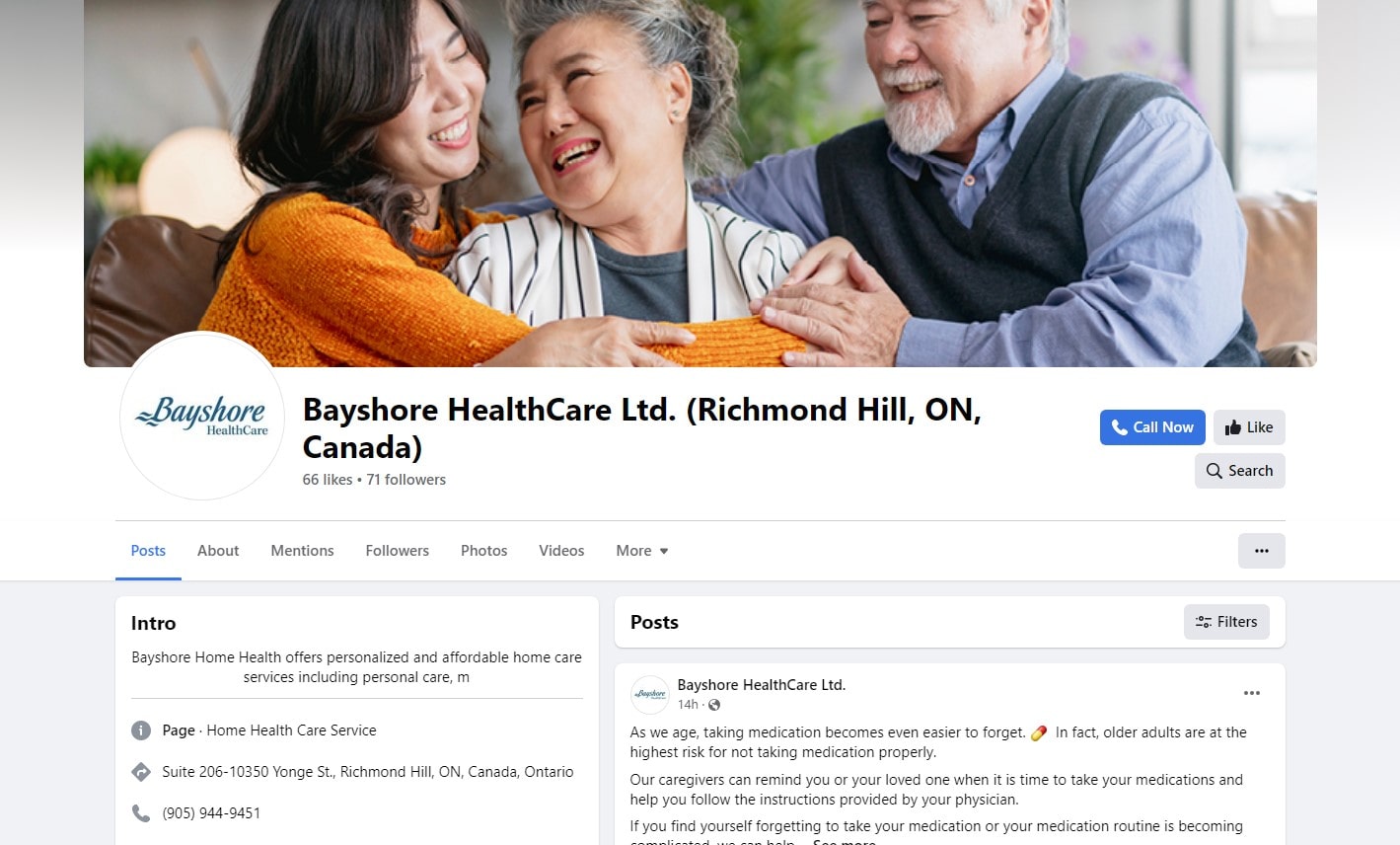
In the dynamic sphere of medical marketing, social media provides a robust platform for patient engagement. Through creative content and prompt interaction, healthcare facilities can forge deeper connections with their community.
Take for instance, a holistic wellness center utilizing Instagram to share success stories, wellness tips and host live Q&A sessions. This active engagement fosters a supportive online community resonating with the center’s holistic approach to health.
Alternatively, a local pharmacy uses Facebook to update customers about in-stock medications, announce promotional offers, and provide informative posts about general healthcare—gaining community trust and boosting patronage.
Engaging patients via social media offers:
- Personal connection: Through prompt responses and interactive content, healthcare providers can build meaningful relationships with patients.
- Community creation: Sharing informative and relatable content fosters a sense of community among followers.
- Brand enhancement: Consistent social media presence helps maintain brand recall, keeping your healthcare services at the top of patients’ minds.
As part of the medical marketing strategy, social media offers a platform to extend your healthcare facility’s reach, demonstrate your expertise, and create a community around your brand. From providing valuable health content to addressing patient concerns, social media engagement drives brand loyalty and patient satisfaction—making it a critical aspect of modern healthcare marketing.
6. Using Video Marketing for Procedure Demonstrations
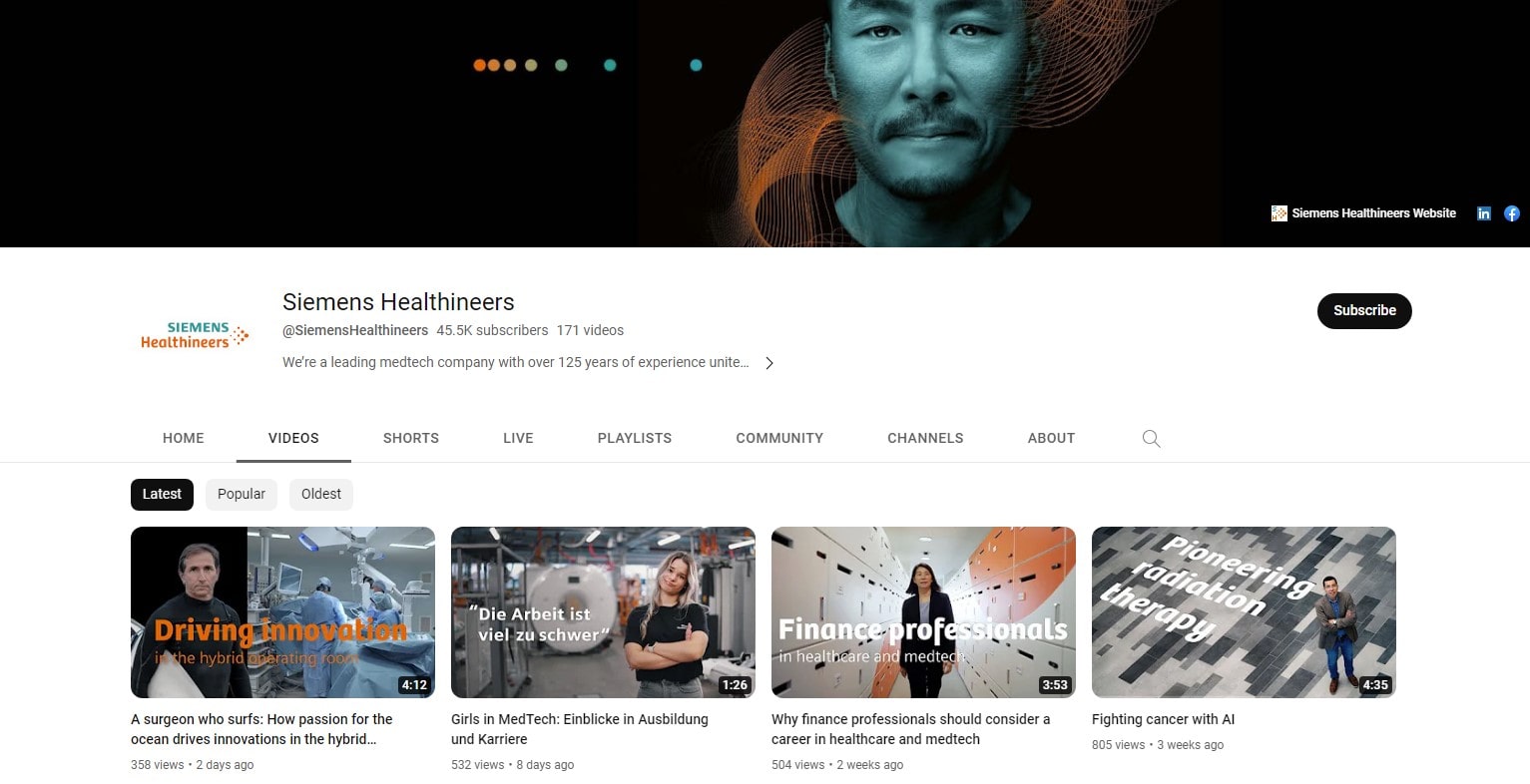
Video marketing has revolutionized the healthcare sector by offering a vivid avenue for procedure demonstrations. It has become an effective strategy for healthcare providers seeking to establish trust, alleviate patient anxieties, and showcase their expertise.
Take, for instance, a laser eye surgery center. Using video, they demonstrate the entire procedure – from patient preparation to post-operative care. These insights demystify the process, helping to quell fears of prospective patients.
Similarly, a physiotherapy clinic can benefit by sharing videos demonstrating various exercise routines. This not only aids in patient recovery but also showcases the clinic’s expertise.
Key benefits of video marketing for procedure demonstrations include:
- Trust establishment: Patients often feel anxious about medical procedures. Seeing the process beforehand can reassure them, fostering trust.
- Enhanced patient education: Videos can illustrate complex procedures simply, improving patient understanding.
- Showcasing expertise: By demonstrating procedures, healthcare providers can highlight their skills and knowledge.
Consequently, video marketing stands as a powerful tool in a medical marketing strategy. With a comprehensive approach that includes video marketing, medical professionals can improve patient engagement and satisfaction, establishing their facility as a trusted healthcare resource.
7. Prioritizing Online Reputation Management
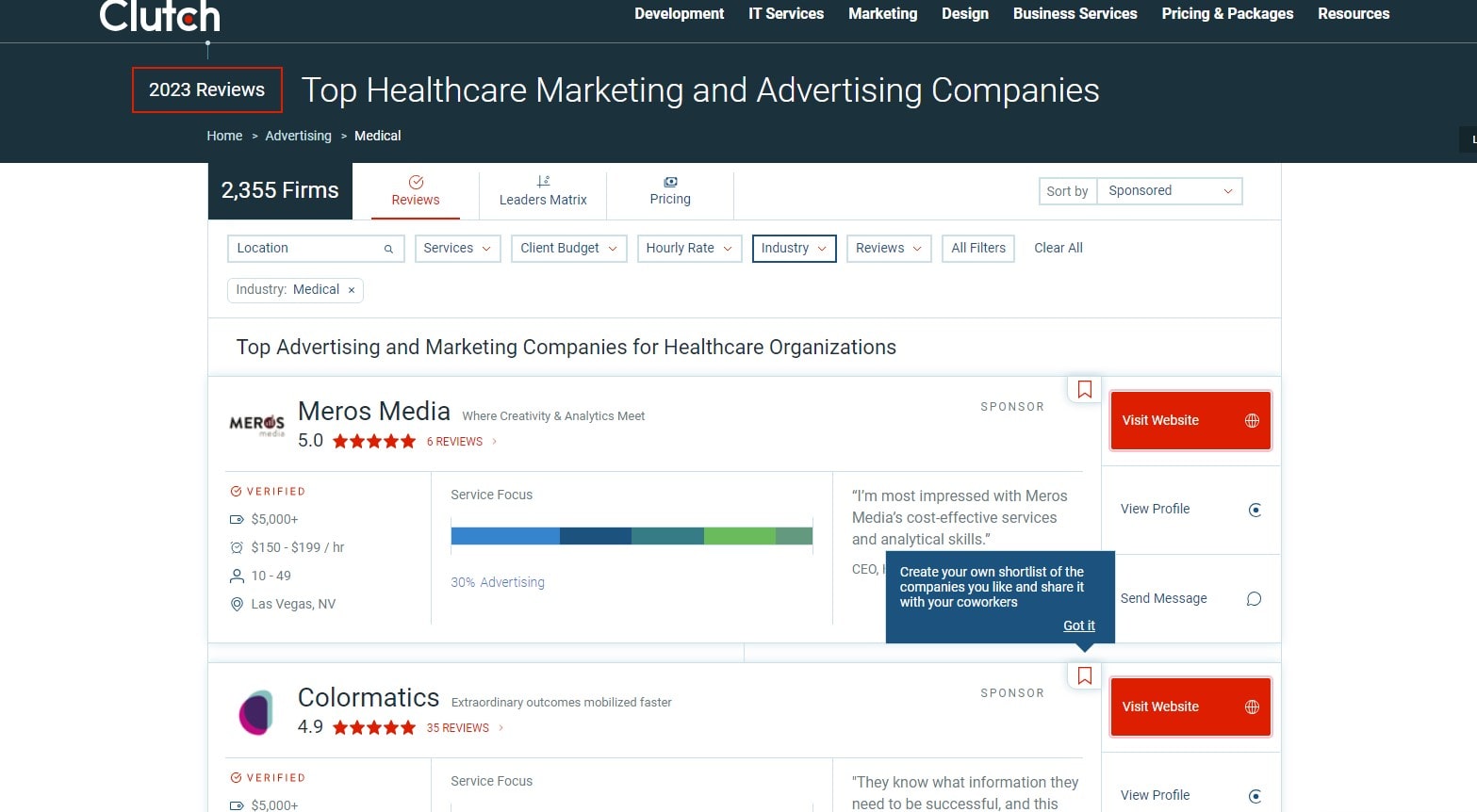
In the healthcare sector, online reputation management takes a high-priority spot in a well-orchestrated medical marketing strategy. Each digital footprint — from patient reviews to social media interactions — contributes to a healthcare provider’s online reputation.
For instance, consider a family practice clinic that goes the extra mile in responding to all online reviews. By addressing both commendations and complaints, they demonstrate a commitment to patient satisfaction — a clear value proposition in today’s patient-centric healthcare environment.
As part of your reputation management strategy, consider the following:
- Actively monitor reviews: Keep an eye on review sites and social media platforms, swiftly addressing any negative feedback.
- Encourage positive reviews: Request satisfied patients to share their experiences online, providing social proof for prospective patients.
- Respond professionally: Address negative reviews with empathy and a commitment to improve, showcasing your dedication to patient care.
These actions help you stay on top of your online reputation, a crucial component of medical marketing in the digital age. Effective management of your online reputation strengthens the trust of existing patients while attracting potential ones. It’s all about showcasing your commitment to high-quality care and patient satisfaction at every digital touchpoint.
8. Employing Content Marketing for Patient Education
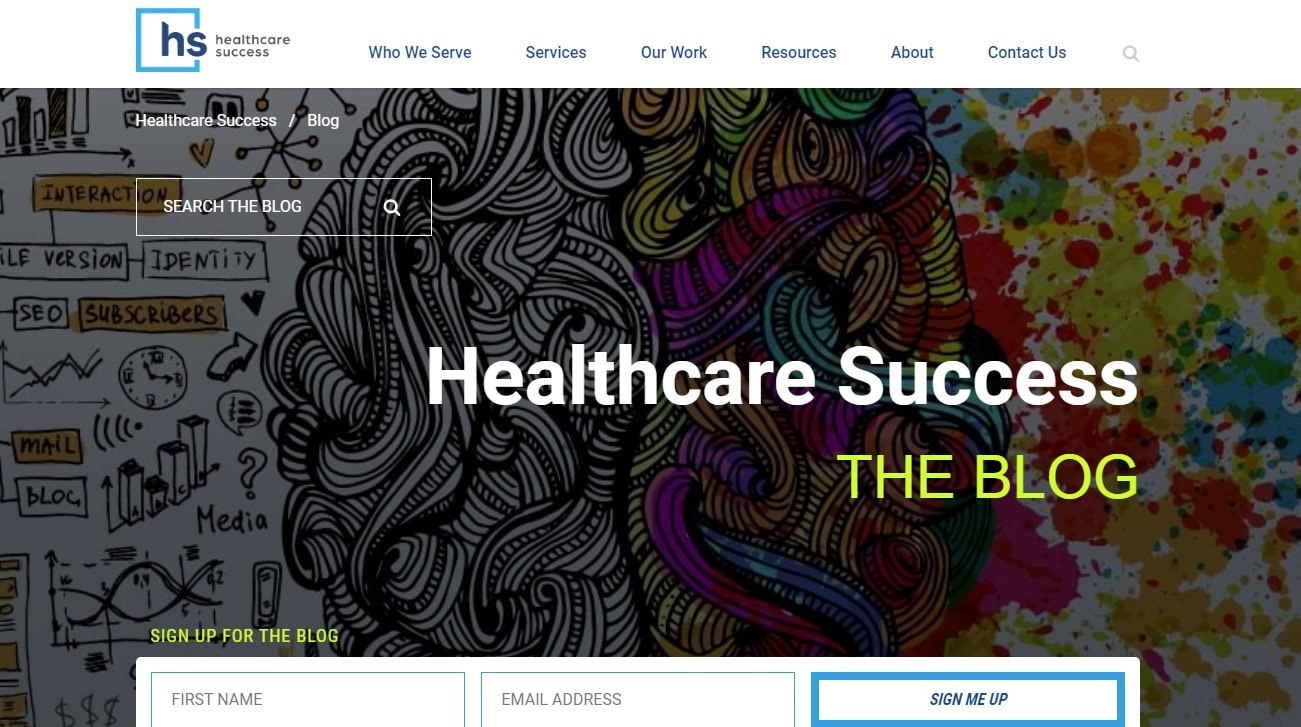
Patient education is integral to healthcare and often overlooked in marketing strategies. However, when leveraged correctly through content marketing, it not only educates patients but also establishes your medical practice as a reliable authority.
Consider a pediatric clinic creating an informative series of blog posts or videos on common childhood illnesses. The content empowers parents with knowledge, reduces uncertainty, and fosters trust in the clinic’s expertise.
Strategic steps for effective content marketing in patient education include:
- Identifying key topics: Understand what your patients want to learn about.
- Tailoring content: Create content that aligns with your patients’ needs and your practice’s expertise.
- Consistent delivery: Regularly post fresh, engaging content to keep your audience engaged and informed.
- Multipurpose use: Use your content across various platforms — website, social media, email newsletters.
By doing this, you’re not just selling healthcare services; you’re providing value. This creates a strong bond of trust and loyalty with your audience, and your practice becomes the go-to source for credible health information.
Effective content marketing thus proves itself to be a strategic powerhouse for patient education in healthcare, bridging the gap between patient needs and healthcare services while simultaneously driving growth for your practice.
9. Utilizing Email Marketing for Patient Retention
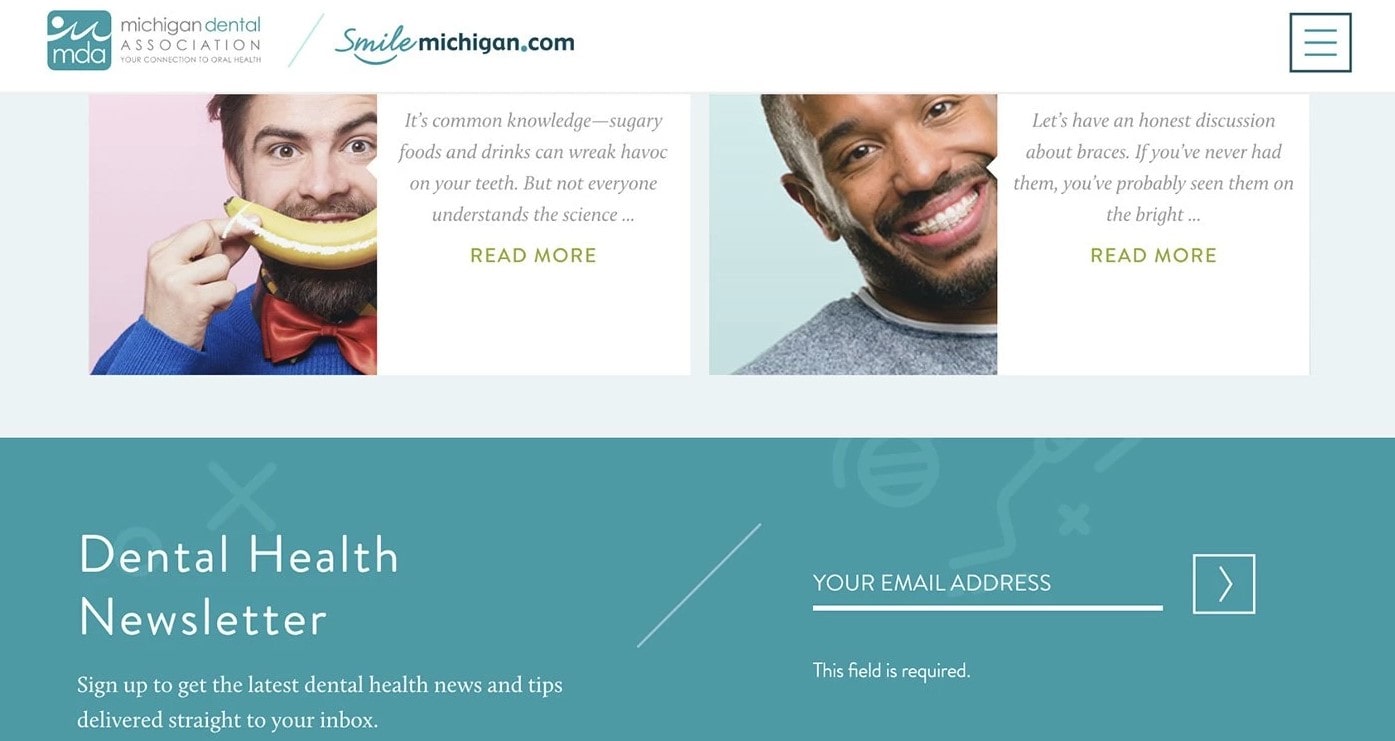
Patient retention is crucial in healthcare — maintaining an existing patient is less costly than acquiring a fresh one. Email marketing proves to be an effective, affordable strategy to retain patients and cultivate relationships.
Consider a family doctor who sends out monthly newsletters filled with health tips, clinic updates, and personalized greetings. This ongoing communication fosters familiarity and keeps the practice top-of-mind, encouraging patients to continue their care at the clinic.
Key steps to leverage email marketing for patient retention include:
- Building a subscriber list: Offer valuable content to incentivize sign-ups, such as exclusive health tips or appointment reminders.
- Personalization: Customize emails to the patient’s needs and preferences, increasing engagement and satisfaction.
- Delivering value: Include practical health advice, updates on services, and occasional promotions to keep subscribers engaged.
- Measuring results: Monitor email analytics to identify what works and refine your strategy.
A well-executed email marketing strategy can significantly boost patient retention in healthcare. By maintaining regular, personalized communication with your patients, you’ll foster strong relationships, promote continued use of your services, and ensure the ongoing growth of your practice. Effective email marketing thus plays a pivotal role in healthcare strategies, providing a direct line of communication that keeps patients engaged and loyal.
10. Incorporating Telehealth into Service Offerings
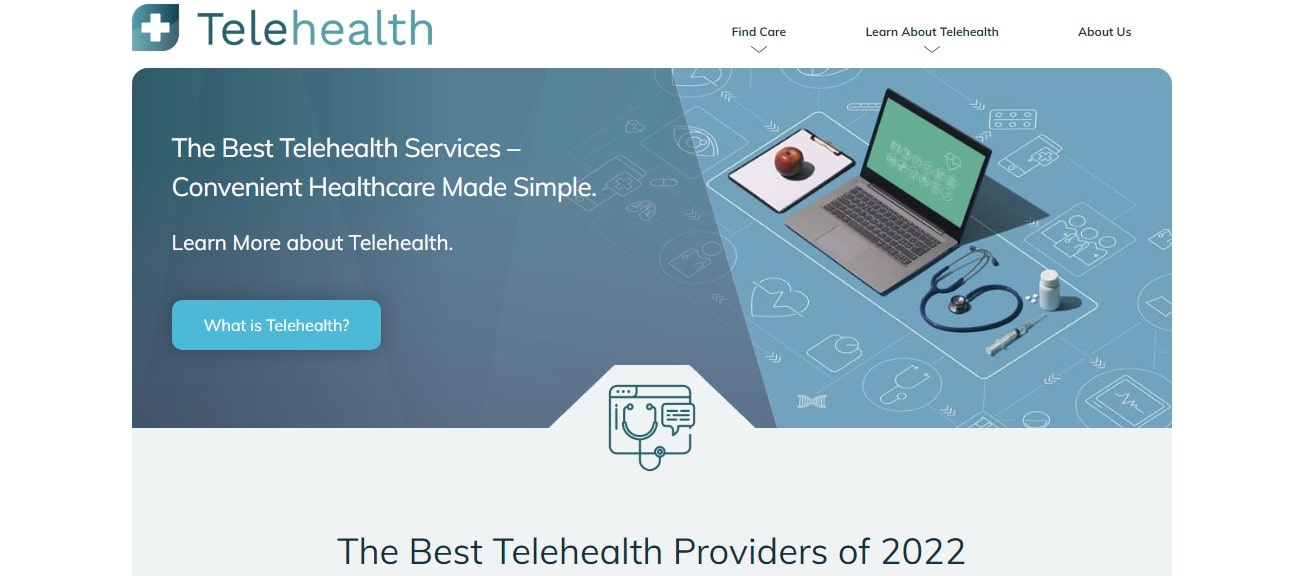
Telehealth has burst onto the healthcare scene, offering accessibility and convenience unmatched by traditional in-person appointments. It’s an invaluable addition to any healthcare provider’s arsenal, not just for remote areas but also for urban locales where busy schedules can impede regular clinic visits.
Imagine a physical therapist in Chicago who offers virtual sessions to patients recovering from surgery. Aided by clear video calls, they guide patients through exercises, monitor their progress, and adjust the program as needed – all from the comfort of their patients’ homes.
Incorporating telehealth involves:
- Selecting the right platform: Choose a HIPAA-compliant service to ensure patient confidentiality.
- Training staff: Equip your team with the necessary skills to operate the technology and manage virtual consultations effectively.
- Informing patients: Use various marketing channels – from website updates to email newsletters – to make patients aware of the telehealth option.
- Evaluating effectiveness: Keep track of patient feedback and treatment outcomes to refine your telehealth services.
Telehealth is a smart way to keep ahead in digital medicine. The seamless fusion of healthcare and technology enables patients to access essential medical services whenever they need, wherever they are – redefining the boundaries of care.
11. Ensuring HIPAA Compliance in All Strategies
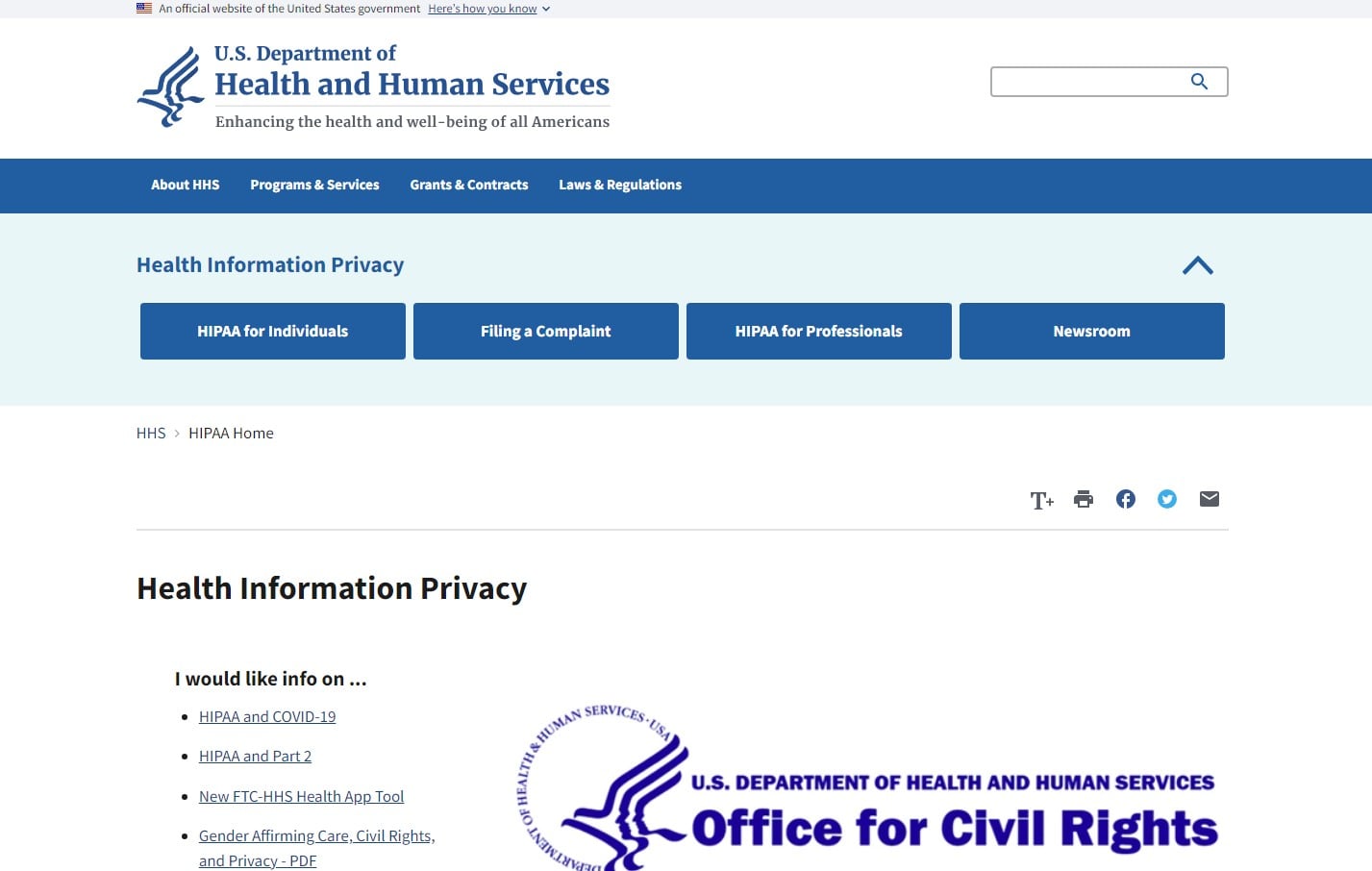
The nexus of healthcare and digital marketing calls for the utmost vigilance in upholding HIPAA compliance – the rule that safeguards patient privacy. Complying with this key legislation is non-negotiable for medical practitioners and healthcare marketers, as it defines how patient information can be used and shared.
Consider a dentist in California who employs email marketing to send appointment reminders. These messages must be delivered via a HIPAA-compliant service, ensuring that patient data is protected at every step of the process.
Strategies to embed HIPAA compliance in marketing activities include:
- Encrypting patient data: Use encryption tools to protect patient information during transmission.
- Signing Business Associate Agreements (BAAs): Any third-party service handling patient data should sign a BAA, agreeing to adhere to HIPAA guidelines.
- Educating staff: Ensure your team understands the importance of HIPAA compliance and the consequences of non-compliance.
- Regular audits: Regularly audit your processes to identify and address any potential breaches.
Keeping HIPAA at the forefront of all strategies isn’t just about following the rules – it’s about reinforcing trust and maintaining the integrity of your healthcare services.
12. Implementing a Robust Local SEO Strategy
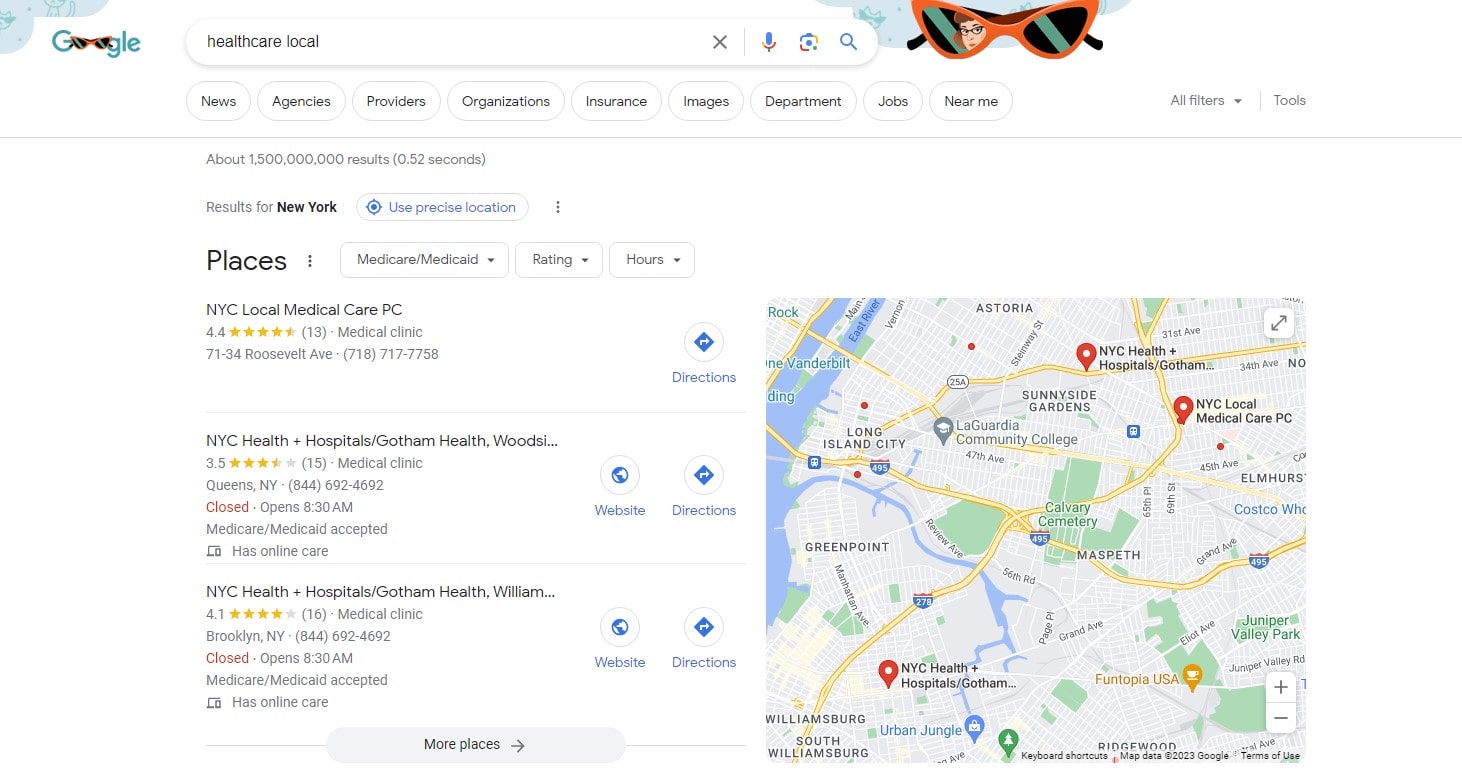
Local SEO, when done right, can give a health clinic in Houston or a physical therapist in Philadelphia the visibility they need to connect with patients in their geographic area. The art and science of appearing prominently in local search results is a dynamic puzzle with many pieces.
To shine in local searches, key components of your strategy should include:
- Spot-on keyword use: Include location-based phrases, such as “pediatric dentist in Austin,” in website content, meta descriptions, and title tags.
- Google My Business Optimization: Keep your listing information updated, respond to reviews, and post regular updates to show Google you’re actively managing your presence.
- Garnering quality reviews: Encourage satisfied patients to leave reviews, thereby boosting your reputation and appealing to prospective patients.
- Local link building: Partner with local businesses or blogs to gain high-quality backlinks.
By focusing on these strategies, a chiropractic center in Chicago could see its name appear when a potential patient searches “back pain treatment near me.” This level of visibility is invaluable – it directly translates into patient footfall. Ensuring your healthcare establishment stands out in local searches is a sure-fire way to bolster your patient roster, elevating your impact in your community and enhancing the patient experience.
13. Using Data Analytics to Understand Patient Behavior

Harnessing the power of data analytics in healthcare opens doors to insightful patient behavior understanding. As part of your marketing strategy, the purposeful employment of analytics goes a long way in personalizing patient care and experiences, eventually improving retention rates.
Take a New York City-based dentist office as an example. By delving into patient data, the office realizes that a significant number of patients fail to schedule biannual checkups. This insight allows the dental practice to send out personalized reminders to those patients, encouraging them to maintain optimal oral health.
Elements of a successful data analytics strategy include:
- Patient engagement tracking: Understand how patients interact with your digital assets, including websites and social media.
- Demographic breakdown: Use your patient database to note common characteristics, behaviors, or trends.
- Follow-up feedback: Compile data from post-appointment surveys to identify strengths and weaknesses.
- Appointment data: Analyze booking times, frequency, and no-shows to optimize scheduling.
Using these strategies, a dermatologist in Denver could effectively tap into when patients are most likely to schedule appointments or which treatments generate the most follow-up appointments. All of this data equips healthcare providers with actionable information to drive growth and deliver superior patient care.
14. Creating an Omnichannel Patient Experience

Omnichannel patient experiences are all about weaving together multiple touchpoints to create a seamless, integrated healthcare journey. It’s about ensuring a consistent brand message and experience, whether a patient walks into your clinic, browses your website, or interacts via a mobile app.
Consider an Orthopedic Clinic in Houston. They’ve successfully implemented an omnichannel approach by ensuring that patients receive the same level of care and attention, whether they call to book an appointment or use the clinic’s online portal.
Key aspects of creating an omnichannel patient experience:
- Consistent Branding: Ensure your clinic’s messaging remains coherent across all channels – from physical to digital.
- Streamlined Communication: Use various platforms like email, text messaging, and social media to keep patients engaged and informed.
- Digital Appointment Management: Allow patients to book, modify, and cancel appointments across multiple platforms.
- Integrated Electronic Health Records (EHR): Enable patients to access their health information from any device, anywhere.
With this integrated approach, a neurology practice in San Francisco can ensure that their patients, who might struggle with memory or cognition issues, receive appointment reminders through the most convenient channel, minimizing missed appointments. Thus, by embracing an omnichannel strategy, medical providers can enhance patient satisfaction, encourage engagement, and increase patient retention.
15. Audit Your Call Center’s Response To Your Marketing Initiatives

Auditing your call center’s response to your marketing initiatives is essential in the medical and healthcare sector. It helps evaluate whether your outreach efforts are yielding the expected results and if the call center team effectively fields inquiries related to those initiatives.
Take an example of a cardiology clinic in Kyiv that launched an educational marketing campaign about heart health. Post-campaign, it’s vital to assess the call center’s performance in handling related inquiries and providing the correct information.
Auditing your call center’s marketing response:
- Evaluating Call Quality: Listen to recorded calls to assess the information shared and the quality of interaction.
- Surveying Caller Satisfaction: Utilize post-call surveys to gauge caller’s satisfaction with the information and service provided.
- Monitoring Key Performance Indicators: Keep track of metrics like average hold time, first call resolution, and abandoned call rates.
A pediatric clinic in Lviv used these auditing strategies post their immunization awareness campaign. They identified knowledge gaps in their call center team and provided targeted training. As a result, they experienced improved caller satisfaction and increased appointment bookings.
In conclusion, continuous auditing and refining of your call center’s response to marketing initiatives is crucial in enhancing the healthcare experience for patients and optimizing the effectiveness of your marketing strategy.
Conclusion
As the curtain falls on our deep-dive into healthcare marketing strategies for 2023, let’s remember that patient care, above all, is the nucleus of this sector. The collective ethos of these strategies pivots on cultivating an unwavering focus on consumers’ healthcare journey. Across the spectrum, we’ve traversed terrain from hyper-personalized communication to leveraging artificial intelligence, showing that innovation, indeed, remains the lifeblood of healthcare marketing.
Bearing witness to a transformation, we’ve seen healthcare marketers reinvent their traditional approach, incorporating cutting-edge technology and creative tactics. These strategies have ignited new paths to navigate, offering myriad opportunities to connect with patients more effectively.
Remember, the strategy you choose is not just an idea – it’s your lifeline to success. Measure, test, and re-calibrate your approaches as needed. After all, the efficacy of any strategy lies in its successful execution and timely reviews. A healthcare marketer’s greatest tool is an agile mindset that adapts to the ever-evolving marketing landscape.
And before we bid adieu, don’t forget about the dynamic Plerdy tool for SEO & UX analysis. It’s designed to assist you in optimizing your website’s performance and user experience 😤. As the sun sets on our exploration of healthcare marketing strategies, keep your eyes set on the horizon, and remember to always reach for the stars ⭐.
